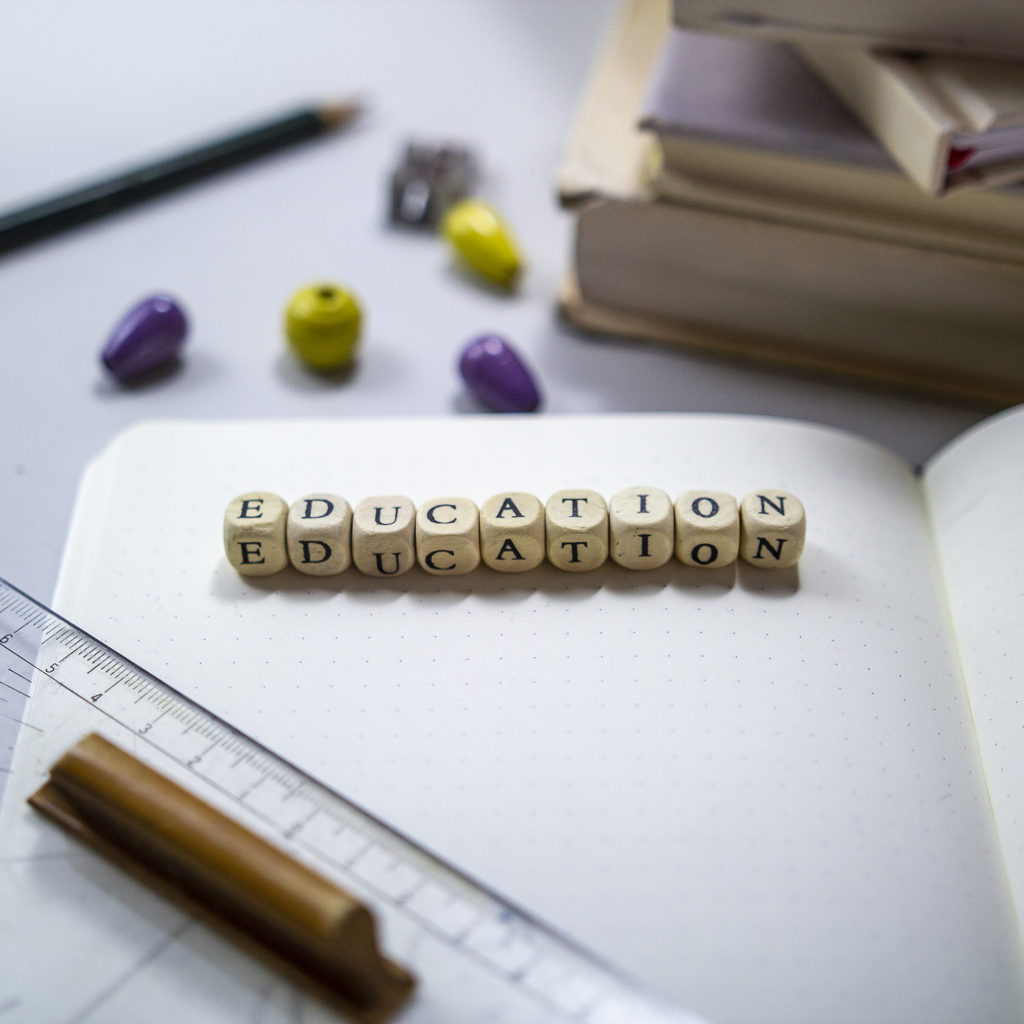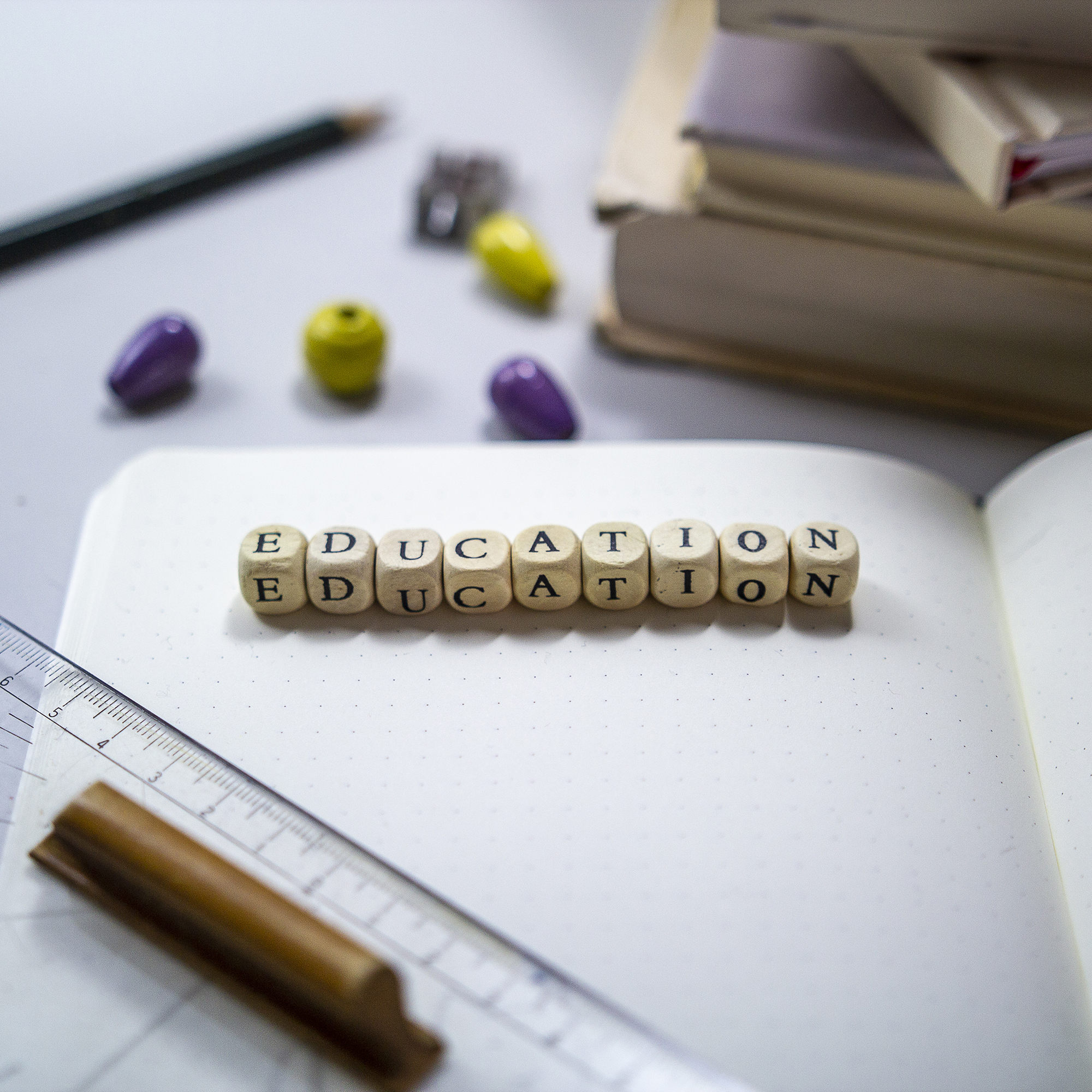
Intersex youth deserve an education where they can develop their full potential, safe & free from harassment & discrimination, and that represents them in an affirmative, positive & non-stigmatizing manner.
Meanwhile, school or university can be a difficult place for intersex youth: They experience bullying, discrimination and stigmatisation in educational settings. Textbooks and educational programs usually lack positive intersex representation, and, as the recent FRA LGBTI Survey 2019 shows, 54% of intersex respondents felt discriminated against by school or university personnel.
See our infographics on how the situation is for intersex youth in Europe:
The European Commission will support the Member States to improve safe and inclusive education for LGBTIQ children and youth
European Commission’s LGBTIQ Equality Strategy 2020-2025
Education in the context of intersex people
The following text is found in “Protecting Intersex People In Europe: A Toolkit For Law and Policymakers”
Intersex students reportedly face discrimination in all areas of school life: they do not appear in educational curricula at all91 or only as an imaginative product of mythology (e.g. hermaphrodites), as an example of “abnormity”, or viewed in a pathological way (in biology texts, medical handbooks or encyclopaedias). Sex education does not take into account that bodies other than the so-called “male” or “female” bodies exist, and thus increases the feeling of shame, secrecy, not existing at all or being a fraud at a vulnerable age.92
Intersex people from all over Europe have reported facing discrimination and bullying at school and in further education, including the use of derogatory language and psychological and physical violence, if their gender expression, stature or other parts of their appearance do not conform to the female or male norms.93 Research has shown that bullying often leads students to drop out94 or experience significant mental health problems. Long and/or repeated periods of hospitalisation also can lead to early school drop-out and act as a source of bullying against intersex students. These are harmful outcomes for both the individual as well as the larger community and society.95 In addition, intersex students may face problems enrolling at school in the first place, because their physical appearance or gender expression do not fit normative expectations.96
Places where the body becomes visible to others, such as toilets and changing rooms, are common areas of anxiety and reported harassment,97 regardless of whether the intersex person has had a so-called “normalising” surgery performed on them or not.98
On an even more alarming level, intersex individuals also face educational impairments directly linked to the violation of their bodily integrity and to the trauma related to insensitive communication and mistreatment by medical practitioners, as well as to the taboo and shame that is inflicted on them.99 Most surgeries, which are performed at an early age, lead to several follow-up operations over the years.100 Some children drop out of school as a result of this long-term recovery process. Unwanted hormonal treatment, in childhood or puberty, with the aim of altering the body towards the assigned sex has also been reported to coincide with a decrease in school grades.101
This physical and psychological strain often prevents intersex people from developing their full potential and leads to under-achievement at school.102 As a result, these children and young adults may face significant difficulties in obtaining a higher education degree and are at risk of poverty when growing older. Intersex people who manage to achieve higher education still struggle with the combined impact of the human rights violations they experienced and the discrimination they still face in adulthood.103
WHAT TO DO?
Every child’s right to quality education on the basis of equal opportunity is firmly enshrined in the UN Convention on the Rights of the Child.104 A child’s enjoyment of this right, however, depends on different factors, one of them being the school’s capacity to protect children from discrimination and harassment. Establishing school policies that oblige schools to create an inclusive and empowering environment is also key for protecting the rights of intersex children and adolescents to education.
The 2018 IGLYO LGBTQI Inclusive Education Report has shown that the main areas for improvement in regards to discrimination of LGBTQI students are compulsory education curricula, mandatory teacher training and data collection on bullying and harassment on grounds of actual or perceived sexual orientation, gender identity and expression or variation in sex characteristics. As of 2018, only two countries across Europe (Malta and Sweden) provide most of these measures with respect to sex characteristics specifically. Some regions in Spain have also developed inclusive laws and policies, but these have not been implemented nationally. By contrast, eleven countries have failed to implement any measures.105
Key measures to protect intersex students from structural and verbal discrimination and harassment should therefore include:
- explicitly including the protective ground “sex characteristics” in anti-discrimination provisions in the area of education.
- establishing mandatory training to prepare teachers for diversity in the classroom.
- establishing systems of support for vulnerable students that specifically include intersex students and their needs.
- establishing disaggregated data collection on bullying and harassment in school environments. l establishing monitoring and evaluating tools and measurements for school inclusiveness.
- including intersex people and the existence of more than two biological sexes in a positive and empowering way in school curricula, text books and education materials in order to increase the understanding of the general public on the quality of sex as a spectrum and the existence of intersex people and to improve the selfconfidence of intersex children and adolescents.
- establishing school policies that create a framework that is appropriate for protecting intersex students, and which,
- explicitly protect intersex students/students with variations of sex characteristics.
- include basic facts about intersex students, e.g. that they can have all possible gender identities, that they may or may not transition, or that they may or may not be subjected to surgery or other medical interventions.
- explicitly respect the right of all students to discuss and express their gender identity and expression as well as their sex characteristics openly or not and to decide with whom, when and how much private information they share.
- explicitly include derogatory language in the scope of bullying; include derogatory language behaviour that takes place in the school, on school property, at school-sponsored functions and activities, as well as usage of electronic technology and electronic communication that occurs in the school, on school property, at school sponsored functions and activities, on school computers, networks, fora and mailing lists.
- establish mandatory training about the existence of intersex people and about discrimination and human rights violations intersex students may face at school and in their everyday life for teachers, social workers, school psychologists and other professionals and staff working at schools.
- establish low-threshold psychological and social support mechanisms for intersex students.
- explicitly establish the entitlement of the intersex student to be provided with, on request, specific arrangements in relation to gender-specific facilities such as toilets and changing rooms, by providing them with a safe and non-stigmatising alternative.
- encourage schools to designate facilities designed for use by one person at a time as accessible to all students regardless of their sex or gender, and to incorporate such single-user facilities into new construction or renovation.
- allow for all students to participate in physical education classes and sports activities, including competition sports, in a manner consistent with their gender identity.
- encourage schools to evaluate all gender-based facilities, activities, rules, policies, and practices in order to ensure that they meet equal treatment requirements and ensure non-discrimination for all students regardless of their sex, gender, or sex characteristics.
- explicitly obligate school staff to use the name and pronoun based on the student’s request, regardless of whether these have been changed in official documents.
- confirm or establish the school’s obligation to change a student’s official records to reflect a change in legal name and/or gender upon receipt of documentation that such change has been authorised, including reissuing or exchanging any social document or certificate relative to them according to their new name and/or gender.
Footnotes:
91 See: M. Bittner (2011): Geschlechterkonstruktionen und die Darstellung von Lesben, Schwulen, Bisexuellen,Trans* und Inter* (LSBTI) in Schulbüchern. Eine gleichstellungsorientierte Analyse von im Auftrag der Max-Traeger-Stiftung.
92 See: Surya Monroe et. al. (2017), p. 49; see also: The Netherlands Institute for Social Research (2014), p. 48-49, 53. Statistical data are lacking for European countries to date. However, a 2015 UNESCO report on school bullying, violence and discrimination in the Asia-Pacific region found that of the participating 272 Australian intersex individuals, aged 16-85+, only a quarter of participants rated their overall experience at school positively. The overwhelming majority of participants (92%) did not attend a school with inclusive puberty/sex education. Overall, 18% of people with variations of sex characteristics had primary school education only (compared to 2% of the general Australian population). Many participants (66%) had experienced discrimination ranging from indirect to direct verbal, physical or other discriminatory abuse. Well-being risks were reportedly high, see: UNESCO TH/DOC/HP2/15/042, p. 38. http://unesdoc.unesco.org/images/0023/002354/235414e.pdf
93 See also: The Netherlands Institute for Social Research (2014), p. 49. A Russian study found that almost all (91%) participants experienced bullying related to their intersex variation at some point in their lives. Most often the bullying happened on the internet (73%), in school (64%) and in the company of friends (46%), see: Intersex Russia (2016): Intersex in Russia, p. 42-43 https://docs.wixstatic.com/ugd/8f2403_c9b4137f69d7482a9d8df2133d86f203.pdf
94 See: PACE (2017): Report. Part C, Article 17.
95 The World Bank, UNDP (2016): Investing in a Research Revolution for LGBTI Inclusion, p. 12.
96 A 2018 survey showed that “feminine boys” may face problems in being enrolled at school: “‘Feminine boys’, widely perceived as being gay, were at least three times more likely to be refused enrolment in primary schools (15%) compared to boys not perceived to be feminine (5%)” (World Bank Group, IPSOS, ERA, The Williams Institute (2018): Discrimination against sexual minorities in education and housing: evidence from two field experiments in Serbia, p. http://documents.worldbank.org/curated/en/509141526660806689/pdf/124587-SERBIAN-WP-P156209-DISCRIMINATIONAGAINST-SEXUAL-MINORITIES-IN-EDUCATION-AND-HOUSING-EVIDENCEFROM-TWO-FIELD-EXPERIMENTS-IN-SERBIA-PUBLIC-SERBIAN.pdf ; some intersex people have a body that would be considered as ‘too feminine’ or ‚too masculine’ for the sex they were assigned to. It is very likely that these intersex children and adolescents face the risk reported in the 2016 survey.
97 This issue is also pertinent for trans youth; see: P. Dunne, C. Turraoin (2015): It’s Time to Hear Our Voices. National Trans Youth Forum Report 2015, p. 8-9 https://www.teni.ie/attachments/f4fc5e54-f0c5-4f04-8a09-2703fdf264c2.PDF
98 Incidents reported to OII Europe by intersex people from Germany and France.
99 See: The Netherlands Institute for Social Research (2014), p. 49.
100 See: J. Woweries (2012), p. 6-9; see also: Surya Monroe et al. (2017), p. 51.
101 Findings of unpublished interviews conducted in 2015 and 2017 by Dan Christian Ghattas with Vincent Guillot and other French intersex persons.
102 S. Monroe et al. (2017), p. 50.
103 See: The Netherlands Institute for Social Research (2014), p. 42.
104 UN Convention of the Right of the Child, Article 24.2.e https://www.ohchr.org/en/professionalinterest/pages/crc.aspx
105 See: IGLYO (2018): LGBTQI Inclusive Education Report https://www.iglyo.com/resources/lgbtqi-inclusive-education-report-2018
See also: The Trans, Gender Variant and Intersex Students in Schools Policy, Malta 2015


